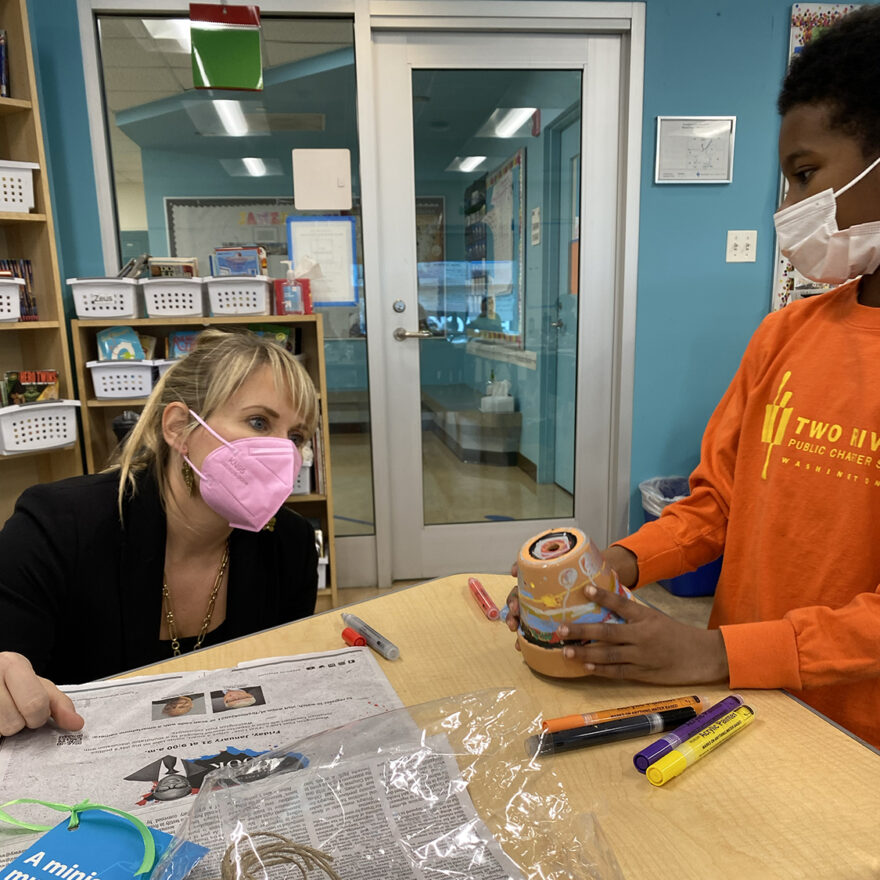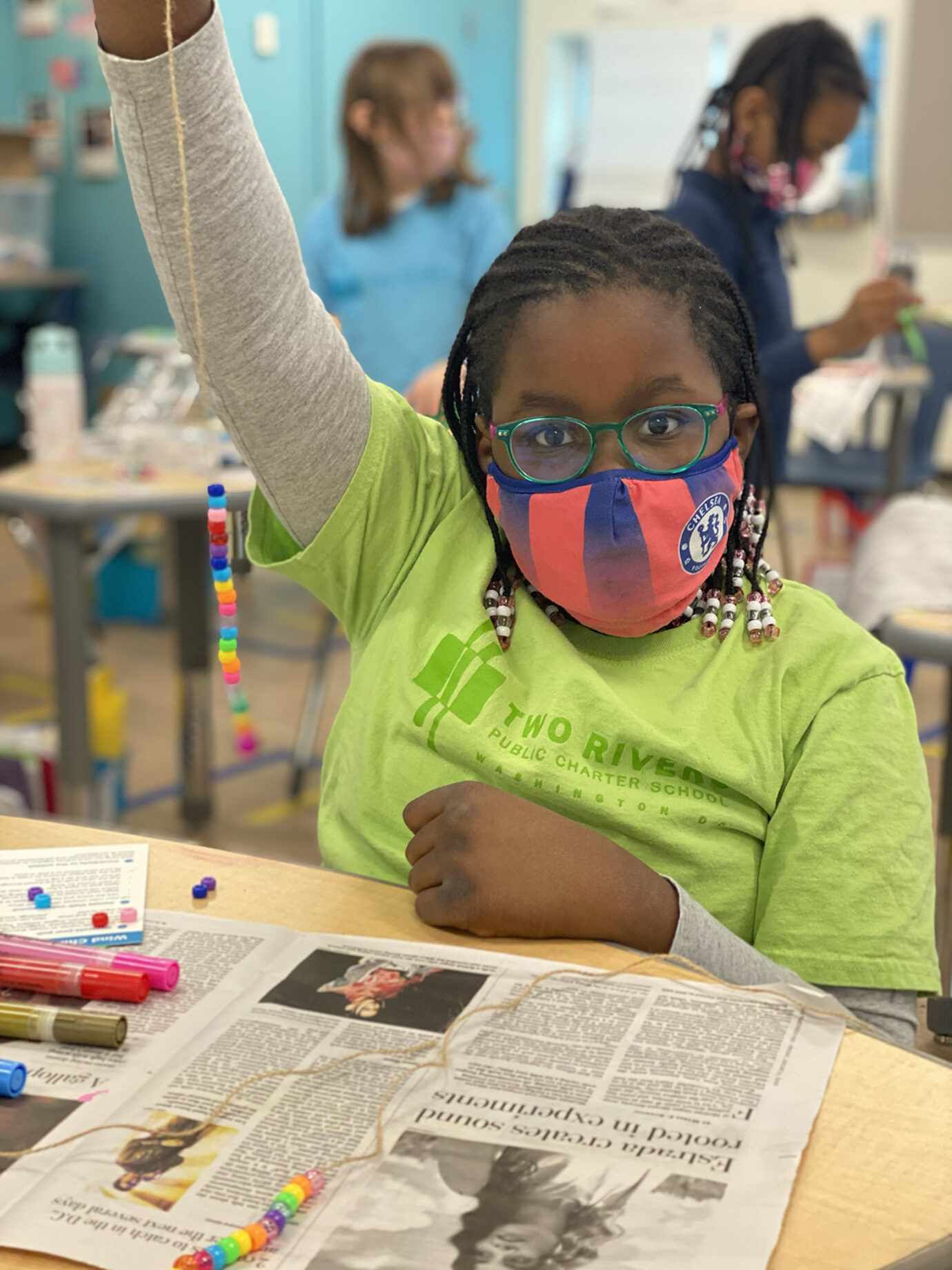
Exploring Empathy at Two Rivers Public Charter School
The Workshop
At many of the public schools in the District of Columbia, empathy is taught as a fundamental skill alongside math, reading and writing. We embrace empathy as a core principle of our human centered design methodology: as storytellers, the historic narratives we tell must be considered from multiple perspectives; as designers, we must ensure the experiences we curate resonate with a diversity of audiences.
Washington, DC’s Two Rivers Public Charter School’s learning philosophy closely aligns with our objectives. The school’s mission is to nurture diverse groups of students to become lifelong, active participants in their own education, develop a sense of self and community and become responsible and compassionate members of society.


As an expeditionary learning school, all subjects are taught through projects that the students and teachers create together. The school’s 4th grade Learning Expedition focuses on the story of Jamestown and the three major cultures that converged in early 17th-century America: the English colonists, the enslaved Africans, and the Indigenous Peoples.
Coincidentally, the design studio half of G&A recently collaborated with the Jamestown-Yorktown Foundation to create an exhibit examining the confluence of these cultures in 1619 at Jamestown. Using the Jamestown 1619 exhibit as an example, our Studio Director Liza Rao shared the fundamentals of human centered experience design with Two Rivers’ fifty 4th grade students. The classes were prompted to consider how sharing the perspective of the colonists, enslaved Africans, and Indigenous Peoples was critical at Jamestown. Students learned about the storytelling and design tools G&A used to represent these perspectives: images, personal stories, artifacts, symbols, materials and colors.
The Outcome
Using these tools, students created their own “miniature museums”: windchimes they decorated with illustrations, symbols, words and beads to represent a chosen perspective from Jamestown. Once complete, the windchimes were collected in a class exhibition to represent the diversity of stories that collectively represent history.
Our aspiration is that these students think critically about storytelling at museums as active members and participants in their community. Some of the students were even inspired to become designers themselves.
